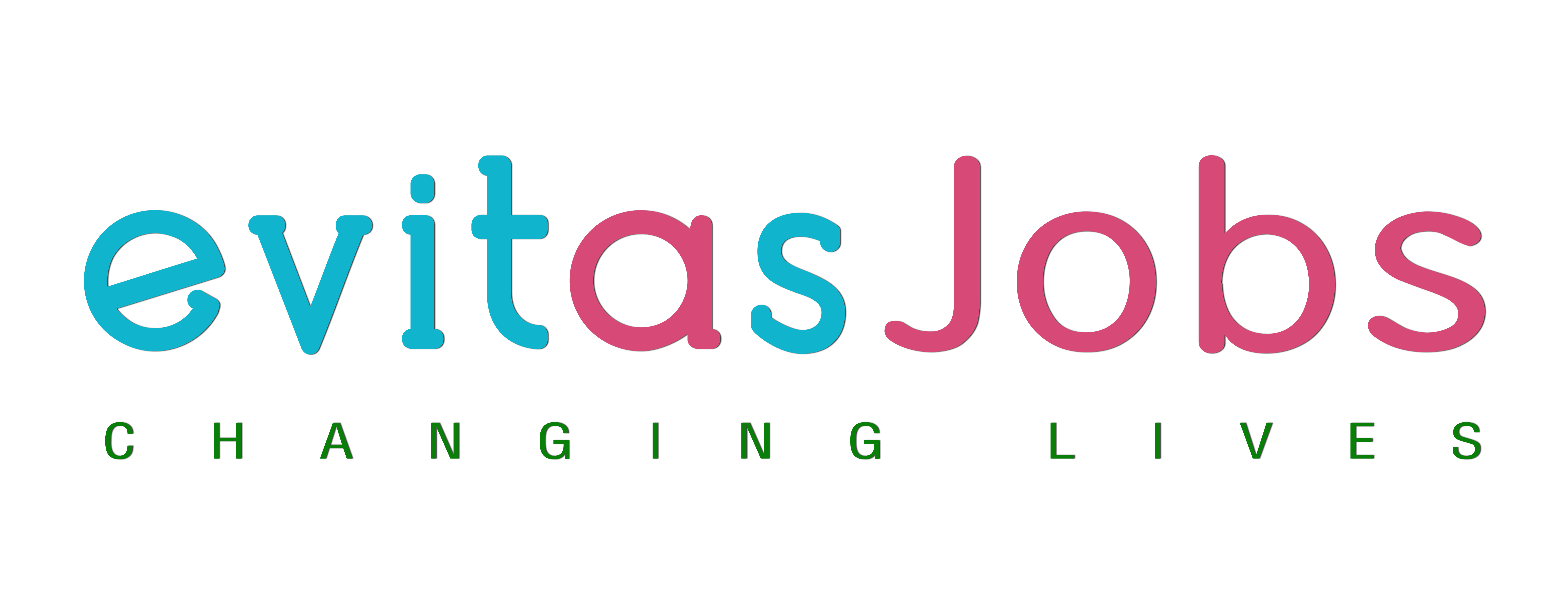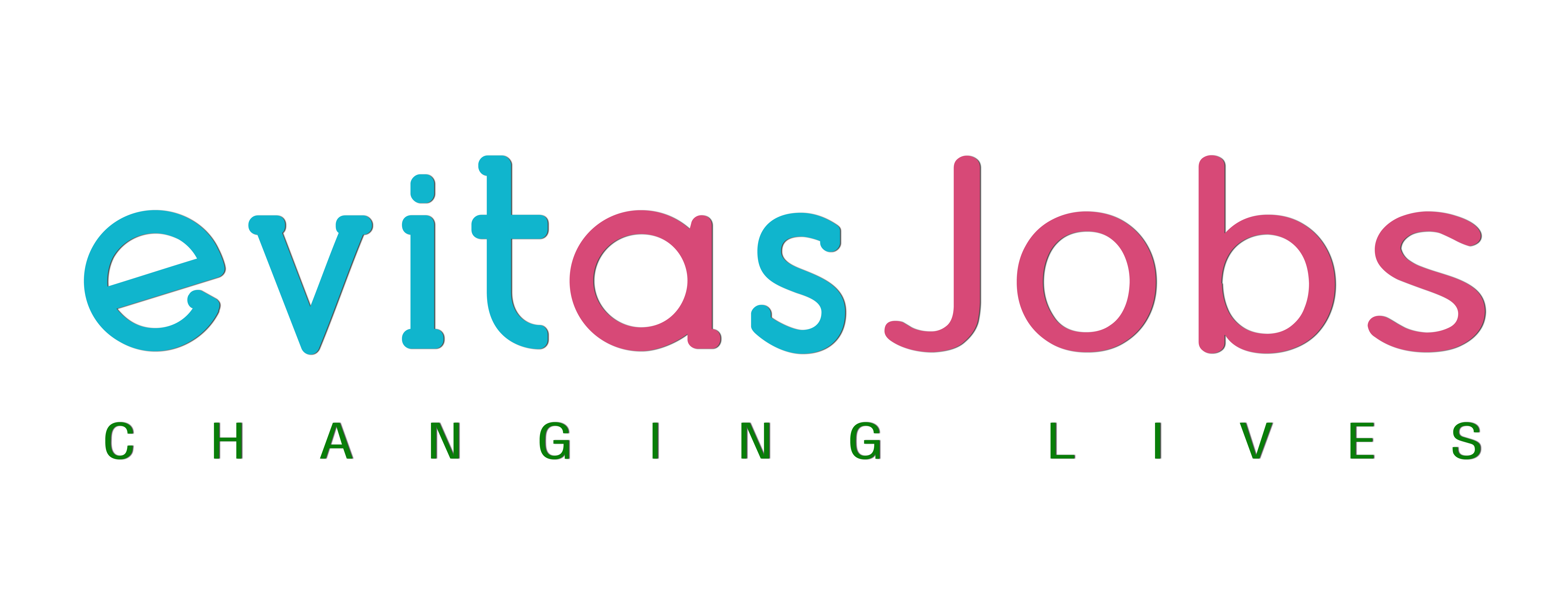Mastering the Art of Formatting and Layout in Your Resume
In the competitive job market of today, your resume is your ticket to landing your dream job. But what if your resume gets lost in the sea of other applicants? How do you ensure that your credentials shine through and catch the recruiter's eye? The answer lies in mastering the art of formatting and layout. A well-organized and visually appealing resume not only grabs attention but also effectively communicates your skills and experiences. Let's delve into some key tips and tricks to help you create a standout resume.
1. Keep It Clean and Organized
Your resume should be easy to read and navigate. Use clear section headings and bullet points to break up the content. Choose a clean and professional font such as Arial, Calibri, or Times New Roman, and maintain consistent formatting throughout the document. Avoid cluttering your resume with excessive graphics, images, or colors, as these can distract from the content.
2. Prioritize Content
Highlight your most relevant qualifications and experiences by placing them towards the top of your resume. Tailor your resume to the specific job you're applying for, and emphasize skills and accomplishments that are directly relevant to the position. Consider including a summary or objective statement at the beginning of your resume to provide a brief overview of your career goals and qualifications.
3. Use White Space Effectively
White space, or negative space, refers to the areas of your resume that are left blank. Utilize white space strategically to create a balanced layout and draw attention to key sections of your resume. Avoid overcrowding the page with text and aim for a visually appealing balance between content and blank space.
4. Choose an Appropriate Layout
There are several standard resume formats to choose from, including chronological, functional, and combination formats. Select a layout that best highlights your strengths and experiences. A chronological resume emphasizes your work history and is ideal for candidates with a consistent career progression. A functional resume focuses on your skills and accomplishments, making it suitable for career changers or individuals with employment gaps. A combination resume combines elements of both chronological and functional formats, allowing you to showcase both your work history and skills.
5. Pay Attention to Detail
Proofread your resume carefully to ensure there are no typos, grammatical errors, or inconsistencies. Ask a friend or mentor to review your resume as well, as they may catch mistakes that you missed. Pay attention to formatting details such as spacing, margins, and alignment to ensure a polished final product.
6. Consider ATS Compatibility
Many companies use Applicant Tracking Systems (ATS) to screen resumes before they are reviewed by a human recruiter. To ensure that your resume gets past the ATS and into the hands of a hiring manager, use standard resume formatting practices and avoid using fancy fonts, graphics, or unconventional layouts.
7. Update Regularly
Your resume is a dynamic document that should be updated regularly to reflect your most recent experiences and achievements. Set aside time every few months to review and update your resume, adding new skills, accomplishments, and experiences as they arise.
The formatting and layout of your resume play a crucial role in grabbing the attention of recruiters and showcasing your qualifications effectively. By following these tips and investing time and effort into crafting a well-organized and visually appealing resume, you can increase your chances of landing your desired job and advancing your career.
https://evitasjobs.com/Resume
